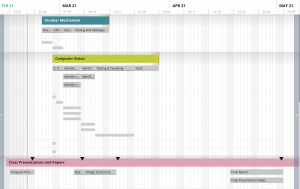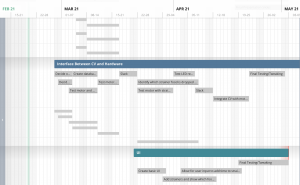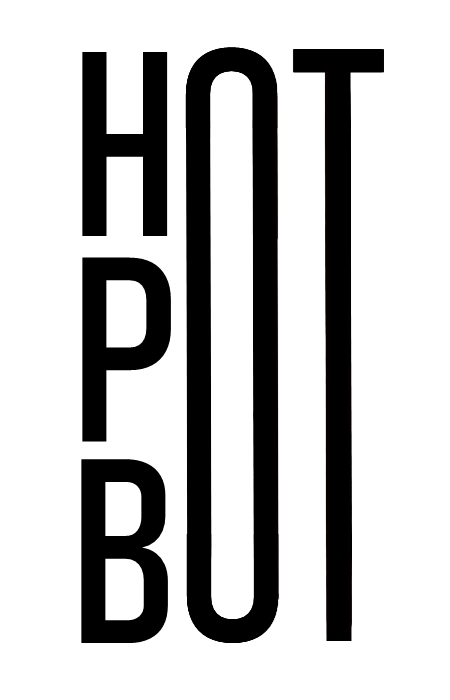The most significant risk that could jeopardize the success of our project is that we don’t know if our CV aspect would work. Every other part of our project, though it will be difficult, we at least know that it is feasible. Though we have experience with CV, it is still scary trying to incorporate that into a time sensitive project. Another risk is the fact that all of our technology will be so close to water and so close to a hot surface, that if we don’t set everything up correctly, our motors could all short and ruin our project. We are mitigating both of these risks by making sure that these are two of our first tasks that we will handle, so if things go wrong, we have a lot of time to improve. For the CV, we made sure to include in our database of ingredients foods that are distinct shapes and distinct colors, so that the CV should have a relatively easy time to identify. For the motors, we made sure we came up with several possible designs and placements, so that if one fails, we have back up plans. Our contingency plan for the CV is to have a more interactive UI. We already planned on having a UI where users can see what food the CV says is in each strainer, and they can manually adjust if the CV is wrong. If our CV doesn’t work at all, we can expand on our UI and make it so that the user manually decides what goes in each strainer. As for the motors, our contingency plan is kind of just to try all the designs we’ve come up with. This is an essential part to our project (and what turns it from a hot pot to a hot pot bot), so without this, our project wouldn’t work nearly as well.
This week and last week we made the initial designs for our bot, so so far we haven’t had to adjust anything. As we actually work on creating the bot, I’m sure there will be more design iteration.
This week we also made our initial schedule in a Gantt chart, and screenshots of that chart are shown below:


Here is an initial sketch of what we expect our hot pot system to look like:

